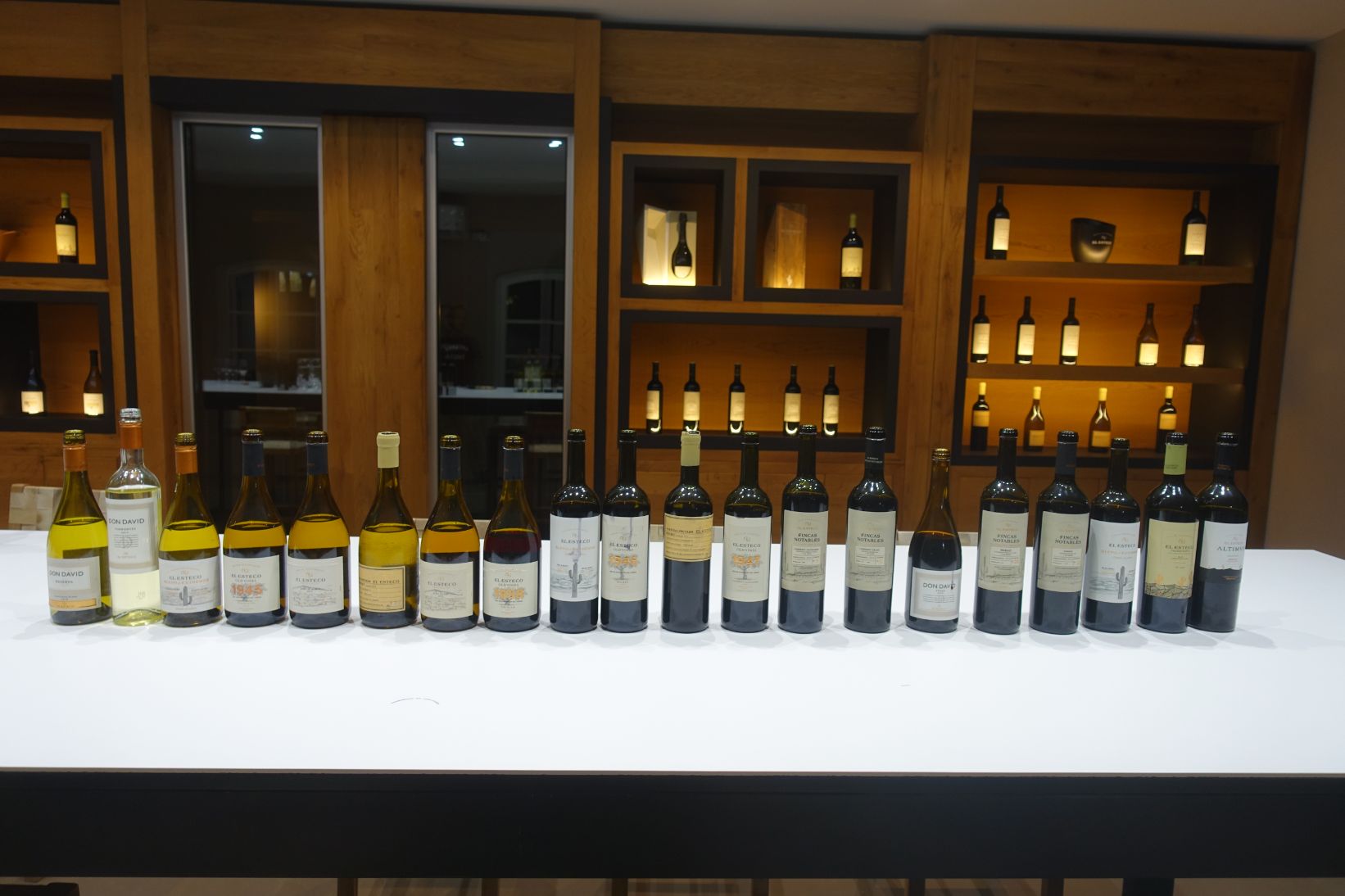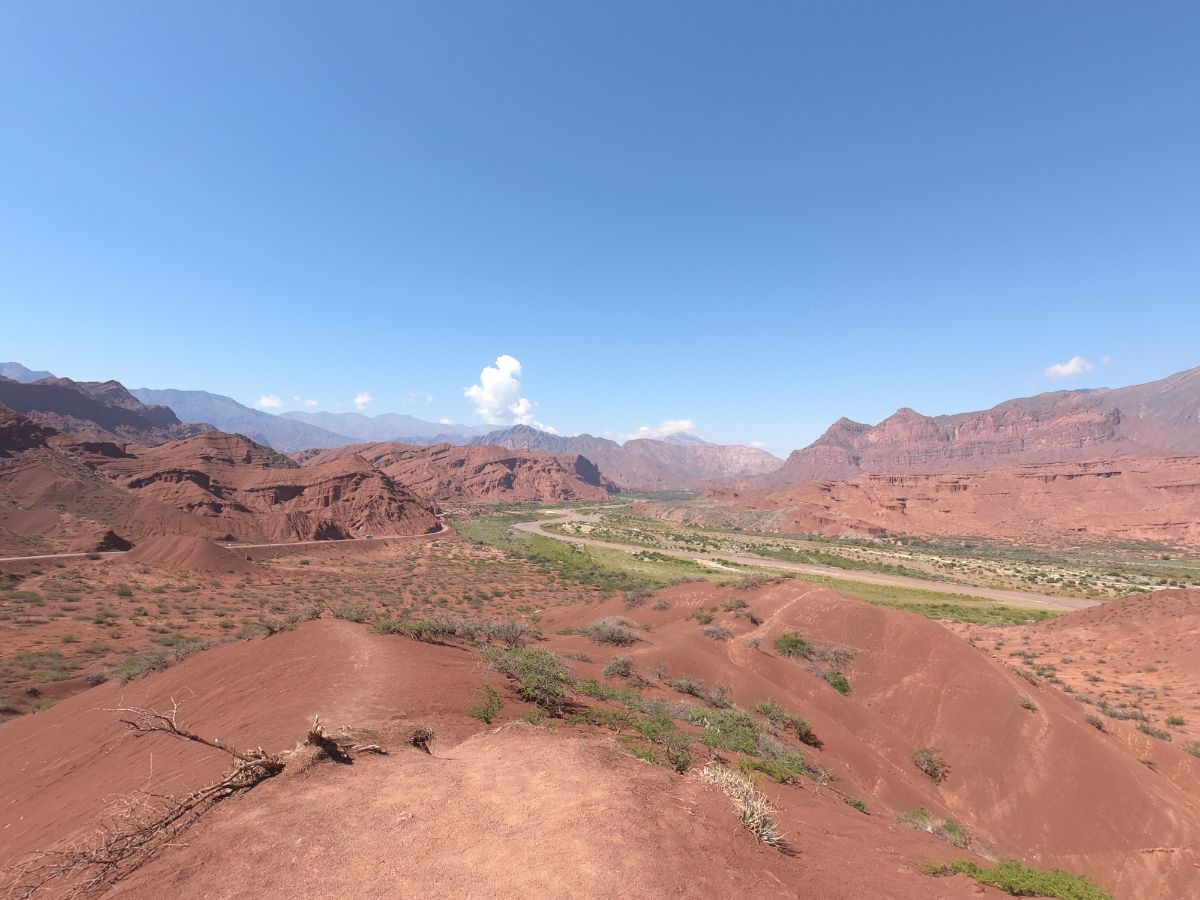Top 100 wines of Argentina 2020

Argentina may be best known for malbec, but it was Bodega Chacra’s pinot noir that was our top Argentine Wine of 2020, as well as Wine of the Year 2020.
For JamesSuckling.com, this year marks a turning point for Argentinian wines led by a record-breaking number of perfect bottles—five 100 pointers, one of which was also our Wine of the Year in 2020 picked out from 18,000 bottles rated over the last 12 months with our team of tasters at JamesSuckling.com: the Chacra Pinot Noir Patagonia Treinta y Dos 2018 (100 pts), an old-vine pinot from Patagonia. We are confident that it is the best year ever in our experience with Argentina ever since our team first traveled to the country six years ago to taste wines and talk with the people behind the great bottles.
Argentina’s recent success was first and foremost paved by a trio of great vintages of 2017, 2018, and 2019. These vintages are gradually being released in the market, although many 2018s and most 2019s still need to wait a little while. These are the vintages that gave birth to plenty of great bottles retailing at staggering prices, many under $30. These are the true great-value wines that scored 94-96 points. A few even were rated 97 points. These price-quality ratios are hard to believe!
Argentina already had a name for making high-quality wines with very sharp prices, and the three invigorating back-to-back vintages further strengthened this advantage, which is value, and more value! The first takeaway of this Top 100 list should be that Argentina is the country to look at over the next three years if you want to spot affordable wines that over-deliver on quality. This should be music to the ears of malbec lovers, even though today Argentina offers much more than just great malbecs. In fact, you can almost close your eyes and buy from these vintages with almost any grape variety at any price point.

A long flight tasted at El Esteco, one of the biggest and most important players in Salta.
The top 10 in this list features one pinot noir, one cabernet franc (with a splash of malbec), one malbec-cabernet sauvignon blend, two chardonnays, and the rest are straight malbecs. I believe this maps out where the top Argentinian wines currently stand. While malbec is still a forte, other varieties also flourished, and they have started adding diversity to the top of the pyramid. Chacra Pinot Noir Patagonia Treinta y Dos 2018, a pinot noir from old vines planted in 1932 (treinta y dos means “32”) from Patagonia, took the top slot and we named it both our Wine of the Year and Wine of Argentina. The Chacra Chardonnay Patagonia 2019 (99 pts, No. 9) is equally mesmerizing – a chardonnay that is all about purity, finesse, and tension, with a beautiful, flinty and intellectual character that is thought-provoking and a little nonchalant. These wines could be hard to find, so we also suggest that you look at other labels in the list or their previous vintages that showed consistent quality.
One of the most well-regarded producers Catena Zapata contributed two 100-pointers this year. Catena Zapata Chardonnay Mendoza Adrianna Vineyard White Bones 2018 (No. 3) and Catena Zapata Malbec Mendoza Adrianna Vineyard River Stones 2018 (No. 4). These are consistently among the best chardonnays and malbecs that the country offers. They express a sense of place with precision, purity, and texture through the winemaking know-how of the genius winemaker Alejandro Vigil, who let the wines shine with power, refinement, complexity, and above all, great drinkability. We found harmony and simplicity in these complex wines.
Alejandro’s project co-founded with Adrianna Catena once again secured a place in the top 10, this time with his El Enemigo Cabernet Franc Mendoza Gran Enemigo Chacayes Single Vineyard 2016 (99 pts, No. 5), a blend driven by cabernet franc with 15% malbec. It clearly shows the potential of Argentina’s cabernet franc with its authentic expressions of berry fruit, taut texture, and succulence. Year in and year out, El Enemigo makes enthralling and ambitious cabernet francs, bonardas, and chardonnays, but rarely are they ambitious in price. Scroll down a bit and see other wines from them in the list. Check the price, and you will understand why.
The best value among the five 100-pointers this year, however, is Cheval des Andes 2017 (No. 2), the amazing wine estate owned by LVMH. The previous vintage was also the runner-up in our 2019 Top 100 list, yet the 2017 vintage went further. It is a wine that unveils a mixture of top terroirs in Las Compuertas of Lujan de Cuyo and La Consulta of Uco as it knits the brooding, floral, juicy malbec from the old vines with the demure, structured, and classy cabernet sauvignon together, translating these in the glass not only with depth and stature but also perfume and finesse. We believe it is the best Cheval des Andes we have ever encountered, and the price is still more than reasonable thanks to its more significant volume of production compared to many wines in the top 10.
- James and Patricia Ortiz, owner of Tapiz, take a break from a tasting in Uco Valley.
- Marcelo Pelleriti is one of the most dynamic winemakers in Argentina.
Also owned by LVMH, Terrazas de los Andes, once again, produced a small batch of wines that made it into the top 10: Terrazas de los Andes Malbec Paraje Altamira Valle de Uco Los Castaños Parcel N 2W 2017 (99pts, No. 6), with only 3,000 bottles from a particular terroir in Paraje Altamira. Other wines from the parcel also delivered stunning quality and great value despite their small production quantity.
In 9th place is Susana Balbo Wines Malbec Valle de Uco Los Chacayes Nosotros Single Vineyard Nómade 2016 (99pts), a polished malbec from Los Chacayes with superlative length, which shows the potential of this zone in Uco Valley. Zuccardi malbec Valle de Uco Paraje Altamira Finca Piedra Infinita Gravascal 2017 (99pts, No. 10) and Viña Cobos Malbec Mendoza Cobos 2017 (100pts, No. 7) have the smallest volume in the top 10, with only around 1,100 bottles produced of the former. But these are rare gems worth collecting if you are a true malbec lover, and they deserve a long, nice sleep in your cellar before you decided to pull the cork.
For the top 10 in the list, consistency is key. If you read our previous Argentina and Andes lists, you will find most of them have garnered a place in the top 20 before with their last vintages. So, their presence in the Top 10 this year brings no surprise.
But we were surprised a bit with Patagonia and Salta. Both showed well this year, with the former occupying eight places in the Top 100 and the latter taking five. Chacra, Noemia, and Otronia are among the top producers this year who contributed. During our sample tastings in Buenos Aires, we were glad to find that Salta makes better and more precise wines than ever. I went there earlier in February on behalf of the team and found the wines in this extreme and elevated region in the north of Argentina are less monolithic than in previous years, something Mendoza had a name for a long time ago. Since the baton is passed into the hands of the next generation, things have changed.

Zekun Shuai, associate editor, and James Suckling taste with the winemaker team of Terrazas de los Andes in Buenos Aires in February.
“Salta is doing now what Mendoza did seven years ago,” said Santiago Achaval, the former owner of the iconic Achaval Ferrer. “New people have come and tried new things. The next generation is taking over. People have travelled more, and they understand the possibility of what they can do. People had this idea of what Salta was, but now they know it was not the terroir that made the style of wines before”.
Producers like Matervini, Estancia los Cardones, El Esteco, El Porvenir, Colomé and Amalaya, Domingo Molina, and Piattelli increasingly make wines that seek out freshness, vibrancy, and agility. You can spot a few names in this list.
It was quite a challenge to pick 100 top wines that represent the best from Argentina, with so many producers making so many great wines at all price points. So, this list is underpinned by our love of great value and consistency in quality. Of course, there is always the “wow factor” that favors the wines that left us extremely impressed when we tasted them on the spot. El Enemigo/Bodega Aleanna, Trapiche, BenMarco of Susana Balbo, Vaglio, Mendel, Marcelo Pelleriti, Tapiz, among many others, contributed a big part to the incredible values that Argentina brings to us this year. They showed Argentina is still a great place to go if you look for great wines for everyday drinking. And our emphasis on these great value wines makes a lot more sense today in a challenging and uncertain time, that may inhibit some of us from spending and drinking beyond our budgets. In fact, you will find almost 2/3 of the entries in our Top 100 Argentina list this year retail under $50, and wines with better value (same score but lower price) usually come first in the ranking.

Spectacular views on the road to Cafayate in Salta, one of the most improved Argentine wine regions.
With nature’s blessing that delivered a trio of great vintages to Argentina, we also felt that winemakers had seized the chance these past few years offered, but not abused it. Transparency, texture, precision, and finesse are on the top producers’ radar, and their malbecs and malbec blends are more drinkable than ever. There is almost a tribute to Burgundy in some of the red wines made from cabernet franc or malbec. As Alejandro Vigil said in a tasting with James, he was looking for a silky, more Burgundy-like texture in his malbecs with some whole berry fermentation. Other winemakers refer to all kinds of methods, be it in the vineyards or the wineries. All these efforts made the Argentine wines more restrained, subtle, and complex. The result is that the wines are getting more precise and drinkable than ever.
I hope you enjoy this list and use it as a buying guide, especially for the great value wines that we covered in the list. Really, it is high time that we start buying and drinking these outstandingly rated wines at every price level from Argentina!
– Zekun Shuai, associate editor in Beijing

